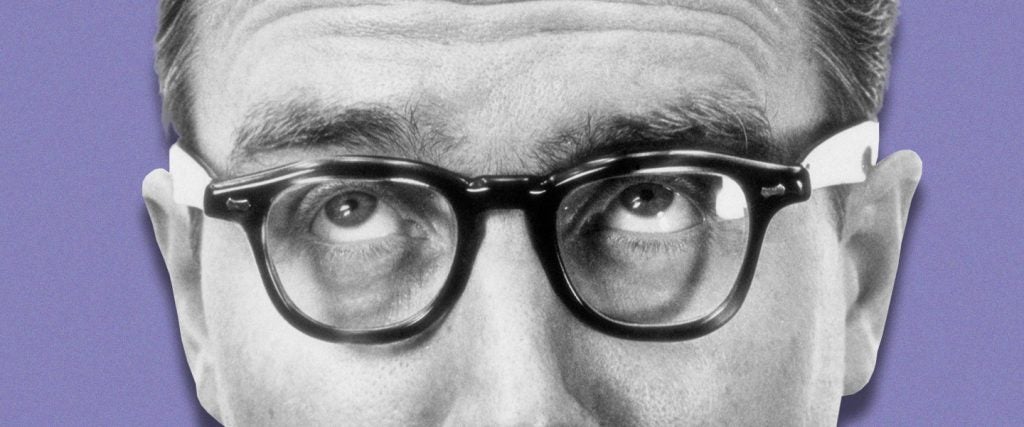The old proverb says that eyes are the windows to the soul, but new research reveals that they may also be the windows to our mental health issues. The study found that blind people are up to four times more likely to experience depression and anxiety, compared to people with healthy eyesight. Likewise, those with moderate to severe vision impairments were two to three times more likely to experience the same negative outcomes, an effect that was stronger in men.
“The fear of losing sight is second only to the fear of dying,” behavioral optometrist Molly King tells me. As King puts it, a big part of the toll that vision loss takes on our psyche has to do with grief. Depending on the degree of issues, people might not be able to work, engage in hobbies and interact with their friends and family the way they did previously. Along those lines, they may be forced to ask for help with tasks they’re used to doing on their own, and can experience a loss of independence as a result. ”The link between depression and anxiety and vision loss is well established for good reason,” King says.
That said, you can preemptively combat both vision loss and the depression that subsequently follows it with something called vision therapy.
Vision Therapy, Explained
King describes vision therapy as physical therapy for the eyes, which can help bolster depth perception, acuity and eye fatigue from too much screen time. “Vision therapy improves how the eyes work together as a team to get patients more comfortable and functional for their daily activities,” King explains.
While it’s not a panacea — it cannot prevent cataracts, glaucoma, macular degeneration or the natural “presbyopia” people develop in their 40s, where they’re no longer able to focus on things close-up — optometrists like Bosung Kim believe that vision therapy can help the average person improve their vision overall. “These activities create changes in the brain that controls how the eyes move and the accuracy and precision of the eyes,” Kim says.
For example, in order for the eyes to focus, “the brain sends signals to muscles in the eyes that change the shape of the lens in order to focus on objects far away or close-up.” As such, vision therapy allows a person to develop new skills, similar to the way you would by working out at the gym. “The skills that are developed through a series of activities eventually become easier and easier to accomplish without having to think too much about the execution and become an automatic part of everyday life,” Kim explains.
Although there are many complex vision therapy exercises that require fancy prisms and expensive equipment, there are also some super simple ones that only take a minute or two to complete.
Two Particularly Easy Vision Therapy Exercises
- Hold a pencil or pen upright in your hand and straighten your arm in front of you. The top of the pencil should be just below eye level.
- Slowly pull the pencil toward your face, maintaining your focus on the top of the pencil (i.e., the eraser).
- Pull the pencil as close to your face as you can. Stop when you see two pencils and slowly move the pencil back to starting position.
- Repeat for a minimum of 30 seconds.
Around The World:
- Look up for three seconds.
- Look down for three seconds.
- Look ahead of you for three seconds.
- Look to the left for three seconds.
- Look to the right for three seconds.
- Look to the top left for three seconds.
- Look to the top right for three seconds.
- Rotate your eyes clockwise for two turns.
- Rotate your eyes counter-clockwise for another two turns.
- Repeat two to three times.
One Last Look
Ultimately, King and Kim both recommend consulting with an optometrist before doing more complex exercises, or if you’re worried about eye-movement dysfunction like a lazy eye or crossed eyes. But if you’re just trying to scrub the windows to whatever is going on in your head, this is a good place to start. At the very least, it’s definitely less work than going to the gym.

